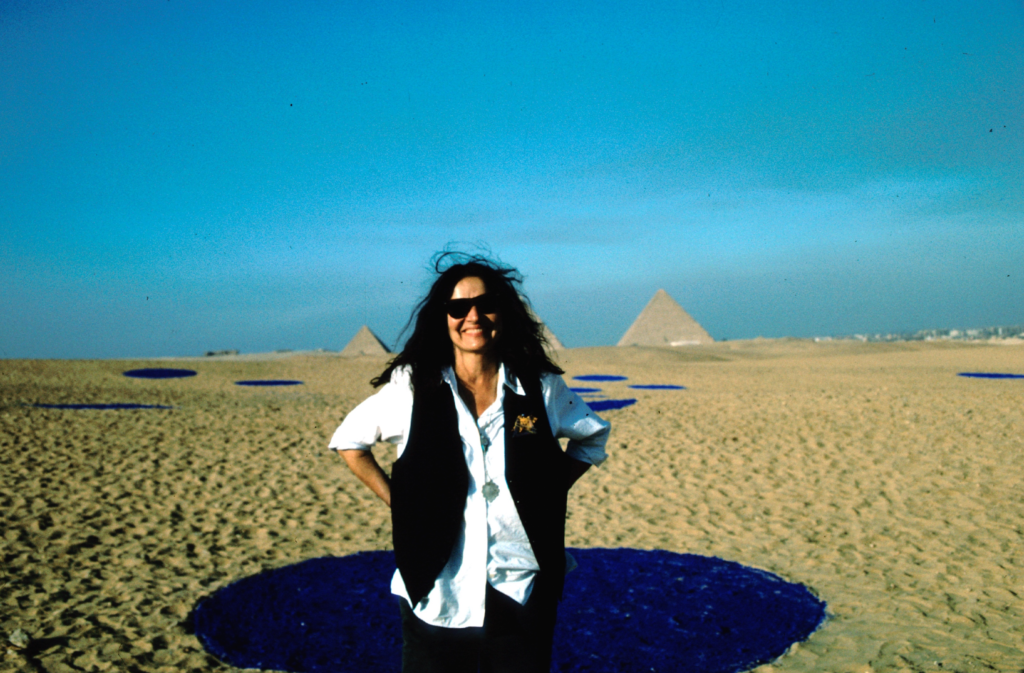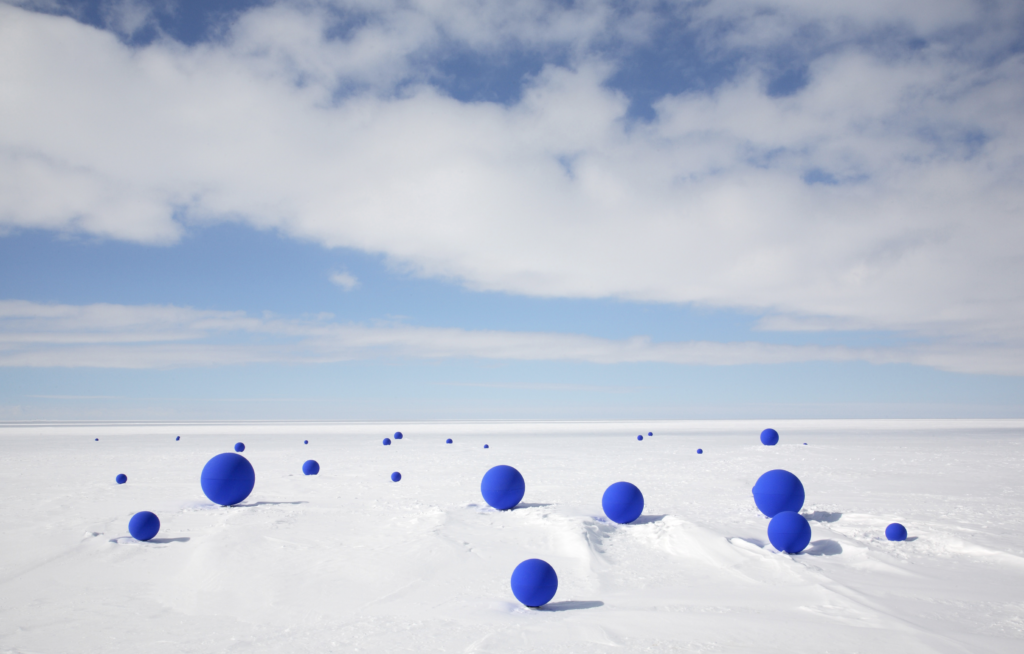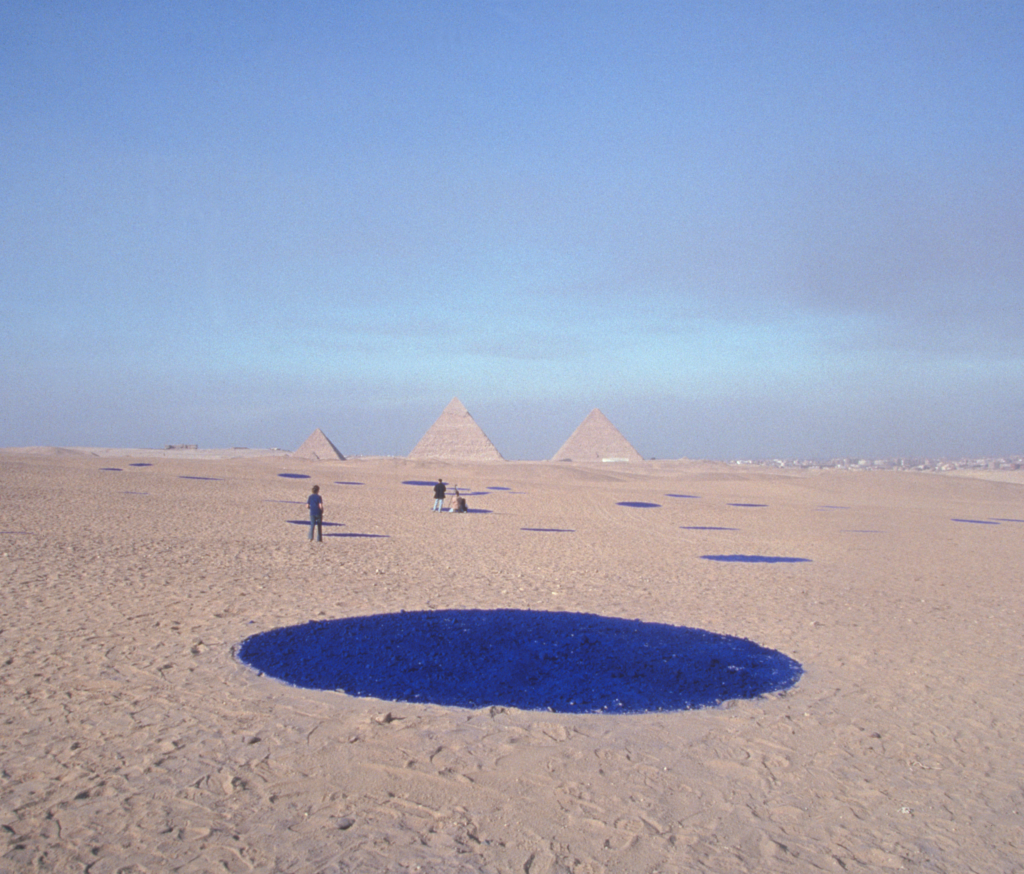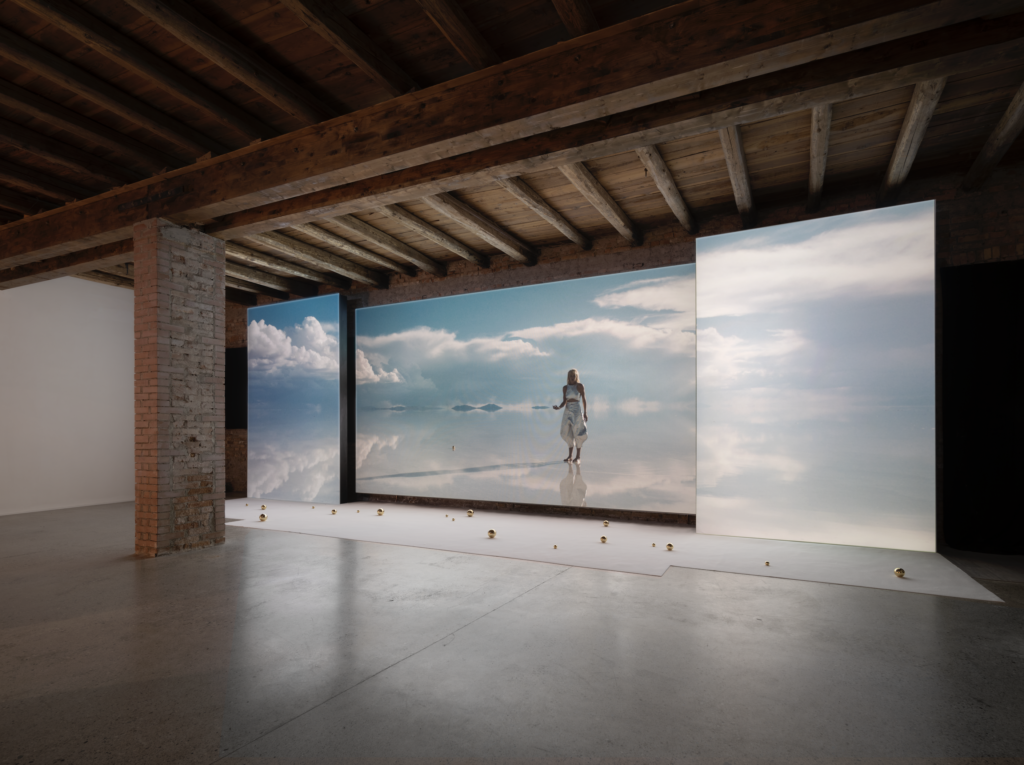June 2, 2022
Artist to Watch
LITA ALBUQUERQUE

NB: What are some of your earliest memories of art?
LA: The very first one is a very odd one! We lived in a stone house in a fishing village in North Africa called Le Goulette. It was the house that my grandmother (who I never met) owned and had then passed on to my mother. In the kitchen closet was a sculpture that was literally thrown in there. I couldn’t believe that was a place where art went! We had a lot of literary things; we had a lot of music, but the visual arts came to me later on. That was my very first art piece. However, in the convent [where I studied] later, there were a lot of Renaissance paintings referencing biblical scenes. There was also a lot of Islamic art, pieces like mosaics. Tunisia has a lot of artifacts – not fine art per se, but beautiful blues and golds and reds. A lot of my work comes out of that. In terms of art I saw later on, I’m a romantic, so William Turner was my first love.
NB: How do you believe art informs spirituality, and vice versa?
LA: I think one of the things about art – really good art – is that there are no words for it. When you’re in front of a wonderful work of art, it’s an embodiment. How the work has gotten there is the product of the intricacies, life, and very lifeblood of the artist. It’s also their thoughts [as an artist] and the greater force of art history. It’s like good wine, it takes so long to be this work of art for which there are no words. There are no words because everything is already in there. How does that relate to spirituality? Some people don’t see this [all in a] work of art; to be able to see it, you have to be open. The very word ‘spirit’ means breath. For me, the spiritual is about being open, it’s about being in the moment. It relates to the cosmic address and having a perspective that takes one out of just being ‘here’ and puts one in the context of the reality of the whole. The spiritual is really the process of opening up to oneself, and to the cosmos. And that’s very different from religion.
NB: Is there a specific place, location or environment that has been particularly inspiring to you as a creator?
LA: I run on the beach and jump in the ocean everyday. I have to have that. Also – sunsets and sunrises, that kind of connection of beginnings. That concept of time, and the rotation of the earth around the sun, is totally inspiring. The desert – whether it’s dry lake beds or Antarctica which is also a desert as well – it’s such a minimal space that you instantly have to listen. There are certain spaces that bring our poetry in you, and you have no idea how or why. Tunisia is like that. People who come from Tunisia, if they’ve left, always talk about that. There was also the artist’s colony [in Malibu] where I grew up as an artist, that place had the same sense and feeling. It wasn’t anywhere else. It’s very interesting, in that way. It all comes down to nature.

NB: You’ve created many incredible site-specific installations in very dramatic climates. Could you speak further to your projects at the Great Pyramids for the Cairo Biennale, and the work Stellar Axis in Antarctica?
LA: For a long time I have been thinking about connecting the planet to the stellar system it is surrounded by. What I mean by that is that my interest is to show that planet Earth is not an isolated planetary body, that it is in a vast system of moving stars, within a moving galaxy etc. By placing circles of blue pigment on the desert floor in alignment to the stars above or sculptural blue spheres on the ice in Antarctica, is a way of presencing that moment in time which makes us think of our connection, that everything is interconnected. Both projects stem from the same idea of connection, but the first one in Cairo, was going off of the Stellar Correlation theory devised by Robert Beauval, that the pyramids at Giza had been placed in alignment to the Orion Constellation. I went off of that premise. In Antarctica, it was slightly different, by then I had had the vision of seeing Planet Earth from space, dotted with gold tipped pyramids, all aligned to the stars. This created an even greater urgency in me. To re-create that map (for it is almost certain that it had been made in ancient times), and that I would start at the north and south poles. Antarctica has many restrictions and I could not bring in any particles that might pollute the atmosphere (pigment) so I came up with creating blue spheres of different diameters to correspond to the different brightness of the stars above, and positioned them in alignment to the 99 brightest stars in the southern hemisphere. The difference in the two projects is that I also did a performance showing the motion of the stars at the poles in which they move in concentric spiraling circles around the pole, and not from East to West as in the northern Hemisphere. The Stellar Axis project spoke to a much larger vision because I created that performance at both the north and south poles; it was taking on the whole globe.

NB: Can you tell us about the projects that you have coming up?
LA: The big project that I have coming up is at the Venice Biennale, Collateral. It’s a film installation with a film that I shot in Bolivia called Liquid Light, which is the second part of a trilogy featuring the character that I’ve been creating – a 25th century female astronaut who comes to the planet to teach us about all of these ideas of light and relationships to the stars. We’re presenting the film as a three-part projection and there will be salt and honey spheres in the installation, along with gold spheres. There’s also sound.
NB: Is there anything else coming up?
LA: I’m having a solo show at the Kohn Gallery coming up soon. I’m also working on some performances, films and a book.


